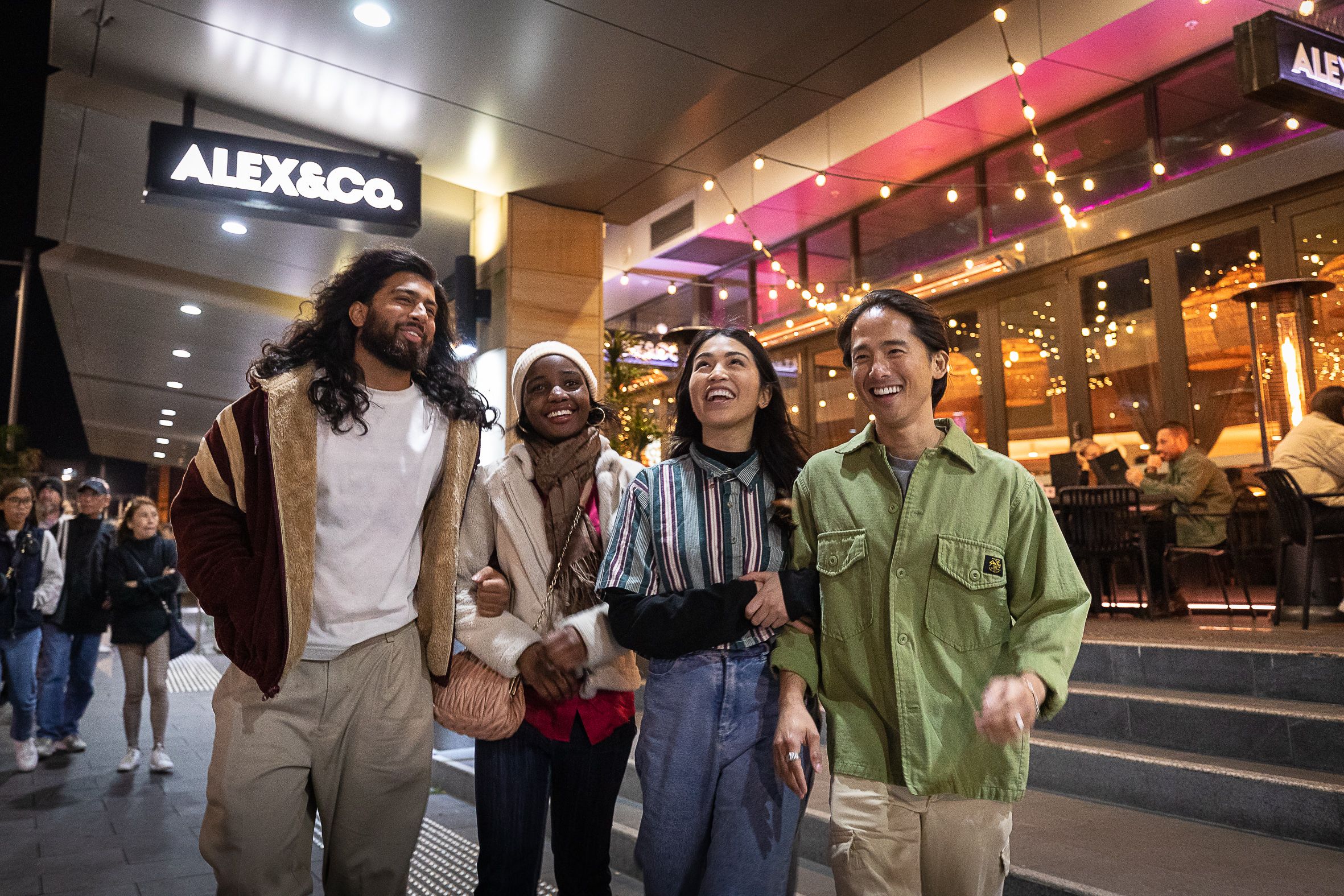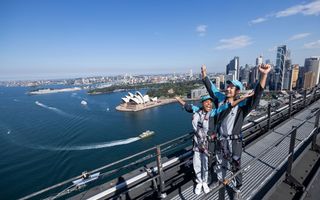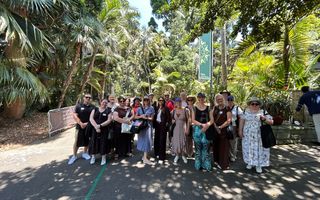Visa’s new Nighttime Economy Index — the first national benchmark of its kind — has revealed the impact of Australian states and territories measuring and managing their after-hours economies.
Its research showed nearly half of Australians (49 percent) go out at least once a week, rising to almost three-quarters of Gen Z. On average, Australians go out six nights a month, and four in 10 see nightlife as essential, not optional. One in three say it gives them a sense of community.
Importantly, Visa noted that the nighttime economy is more than pubs and parties. It encompasses health and care workers, logistics, retail and cultural events. It’s the Uber driver, the nurse, the musician and the family squeezing in errands after work.
The report said that cities using their assets, infrastructure and time efficiently across the full 24-hour cycle gain an edge in liveability and competitiveness.
The Visa Nighttime Economy Index ranked more than 80 metropolitan, regional and suburban areas on spend, governance, vibrancy and safety/accessibility. It drew on Visa card transaction data, official statistics, transport timetables and safety indicators to provide a comprehensive snapshot of life after dark.
Key findings:
- Sydney CBD and inner south ranked second in the nation (index score 74.3), outperforming Melbourne on total night spend.
- NSW dominated the top 20, fuelled by targeted investment, precinct activation and strong governance — 11 of the top 20 locations were in the Sydney metro area.
- Regional and suburban centres such as Parramatta (4th), Blue Mountains (14th) and Newcastle (19th) rival capital precincts, proved that vibrant nighttime economies aren’t just a big-city story.
Visa said Australia is emerging as a global leader in nighttime economy governance.
It pointed to NSW’s Office of the 24-Hour Economy Commissioner, Queensland’s Nightlife Economy Commissioner and the Australian Capital Territory’s dedicated minister as setting new benchmarks. It said coordinated policy, targeted investment and precinct activation were turning after-dark activity into a strategic asset.
What’s driving the nighttime economy?
- Changing consumer habits: Hybrid work and flexible schedules are shifting peak times. Businesses that adapt trading hours — later or earlier openings, targeted extensions — are best placed to capture demand.
- Beyond bars: Demand is rising for evening retail, arts, cultural events and family-friendly options. Food is central: 76 per cent of Australians prefer eating out at night, followed by movies (46 per cent) and night markets (42 per cent). More than half want to see more night markets and festivals.
- Affordability and safety: Cost is the biggest barrier (66 percent), followed by safety (40 percent). Eight in 10 Australians rate safety as critical, and more than half want more low-cost options. Investment in well-lit streets and late-night transport directly supports participation.
- Local vibrancy: Many prefer to stay local (38 per cent) when going out at night, though younger generations are more adventurous. Nearly half (47 per cent) believe their local nightlife needs more investment and three in four would go out more often if it were more vibrant and inclusive.
Learn more here.
.jpg?rect=0,124,2362,1329&w=320&h=180&fit=min&auto=format)


